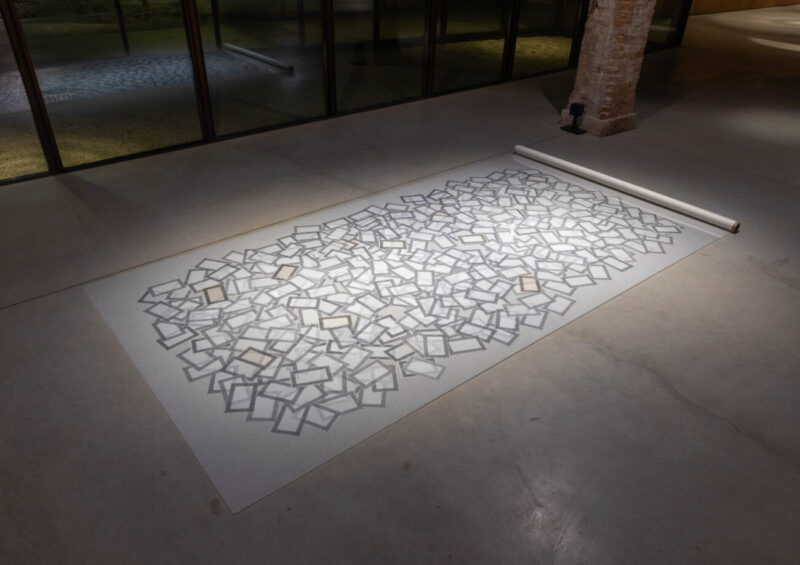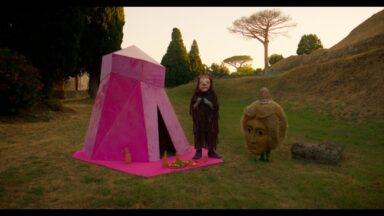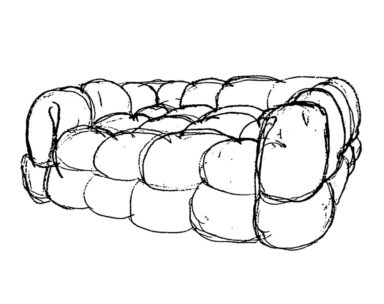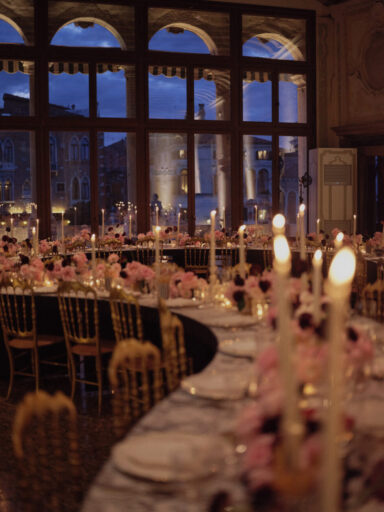Speaking about Atipografia with Elena Del Molin
The exhibition dedicated to Stefano Mario Zatti closed on March 4. A solo exhibition by Diego Soldà, curated by Luca Massimo Barbero, will open at the end of the month. At Atipografia there is no time to rest. Founded in 2014 as a cultural association, Atipografia, a cultural project based in Arzignano (Vicenza) founded by Elena Del Molin, has reopened with the addition of a contemporary art gallery. The aim is to combine cultural promotion while supporting artists. Atipografia is a fabulous reality that works in the area to spread awareness of contemporary art. Ahead of the upcoming exhibition, its founder told us how the project started.
GG: After restoration work, Atipografia reopens. Where did the need to combine a cultural association with an art gallery come from?
EDM: Ours is a very economically developed area, think that Arzignano for import and export manufacturing reasons has constant interactions with a very large number of countries in the world. There was, however, a cultural gap that would allow the territory to relate not only with excellence at the economic level, but also at the artistic level, and the activity of the cultural association intends precisely to fill these gaps. We had not only the need to promote artists, but also contemporary culture, and hence the association’s activity that promotes book presentations that can be a moment of discussion on current issues, workshops, and contemporary art workshops for children.
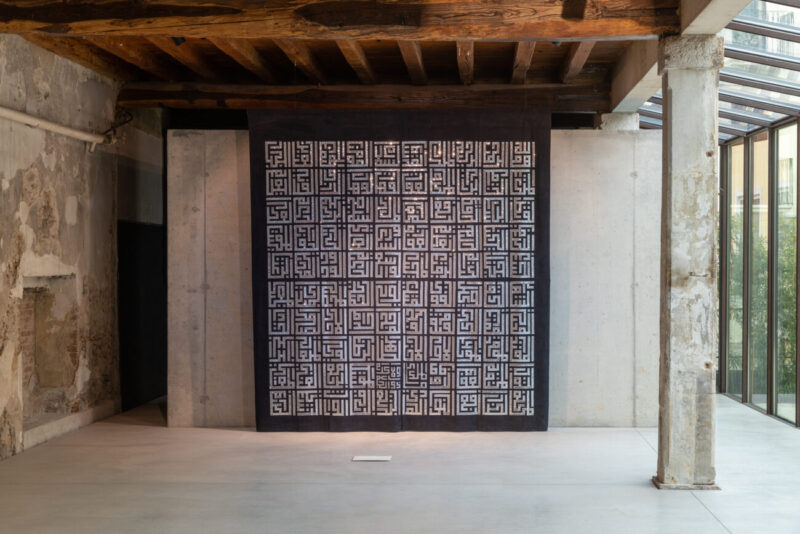
GG: How is Atipografia’s mission combined with the identity of the place, which was originally a real print shop?
EDM: In the name “Atipografia,” we wanted to add the alpha privative to the term typography, to juxtapose the history of the place with the contemporary. The prefix is meant to indicate something that has not yet been written. It is something fluid, in the process of becoming and being accomplished now. The space, moreover, retains its historical solid identity punctuated by the presence of the original columns and walls, the old radiators… Even the floor plan, structurally, has been respected and there are continuous elements that recall the identity of our country, such as the black stones of volcanic origin with which many of the houses in the Vicenza area were once made.
GG: Atipografia is geographically located outside the traditional contemporary art cities. What are the challenges in bringing contemporary art to provincial locations, which have different dynamics than the big city?
EDM: When I was growing up, talking about contemporary art in our country was like talking about the moon. Today both contemporary art and the moon are a little closer. In the last ten years and in this part of Veneto, contemporary art has been much more welcomed. Certainly, the province is less cosmopolitan than the city and less accustomed to the presence of strictly contemporary languages, despite this, the Veneto hinterland is very fertile and many excellent artists such as Arcangelo Sassolino, Andrea Glavani, Nico Vascellari, and Cattelan himself come from here. Atipografia wants to be an opportunity to tell the local reality of what is happening in the art world and to be able to provide it with some tools to investigate what̀ it sees. Veneto is a region of great innovation, and there is a lot of hunger for knowledge and insight, which is demonstrated by the excellent response from the public from our area as well.
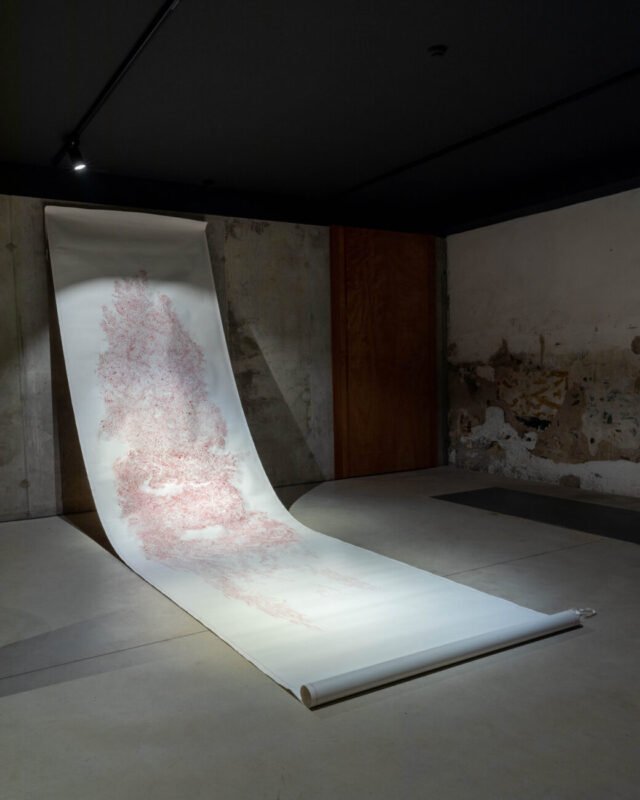
GG: What are the characteristics that guide the choice of artists for your cultural programming?
EDM: Atipografia is presenting a small selection of artists today. The goal is to represent the voices of northeastern Italy on the international scene and to enrich our territory with the experiences of young emerging artists from abroad. Most are characterized by some spiritual aspect, not necessarily religious but oriented to imposing themes such as Time and Nature, always looking for possible comparisons with the Fathers of art history.
GG: How did the exhibition dedicated to Stefano Mario Zatti come about?
EDM: Stefano Mario Zatti produces art that is very contemporary but at the same time somewhat suspended in time. I was lucky enough to meet him a few years ago and we have been working together since 2016. We created a working group involving Robert Phillips and Matilde Nuzzo, and after a year and a half of study and planning, we presented this body of works that brings together the germs of Stefano’s research with his latest experiences. These are works that tend to be museum-like, with great strength, and which we consider a bit of a culmination of his poetics.
GG: And what goals do you set for 2023?
EDM: We have a dense program for 2023. After Stefano Mario Zatti’s exhibition, which has been extended until March 4, we will open from March 25 La cava delle nuvole bianche a solo show by Vicenza artist Diego Soldà, curated by Luca Massimo Barbero. A group exhibition of three young women artists based in London, Guendalina Cerruti, Yulia Iosilzon, and Grace Mattingly, is scheduled for summer. A solo exhibition by British artist Josh Rowell curated by Andrea Maffioli is scheduled for September 2023. The goal is to continue the study and research, to have the opportunity to bring to the territory more and more voices of emerging and not yet represented artists in Italy.
